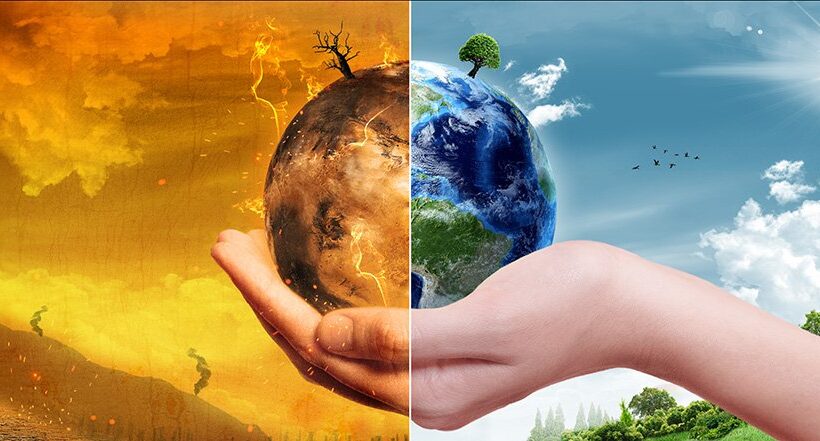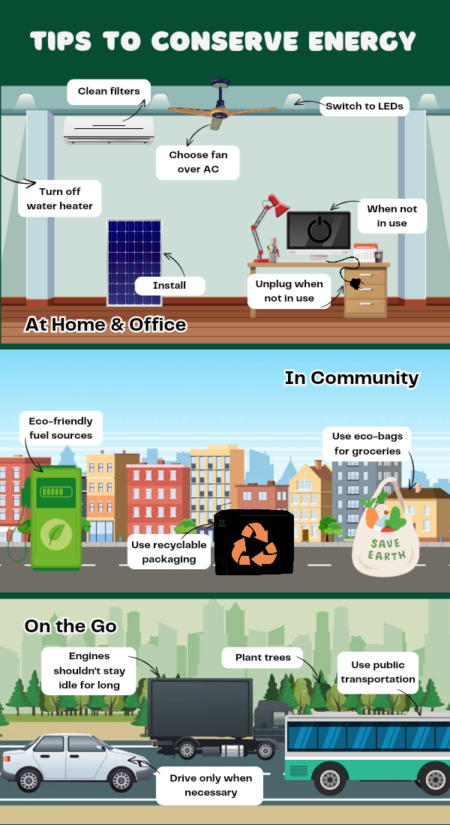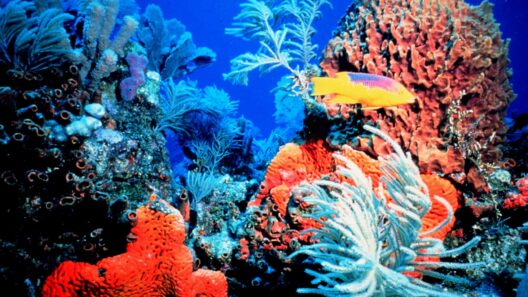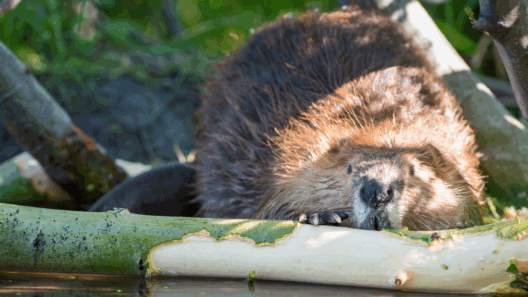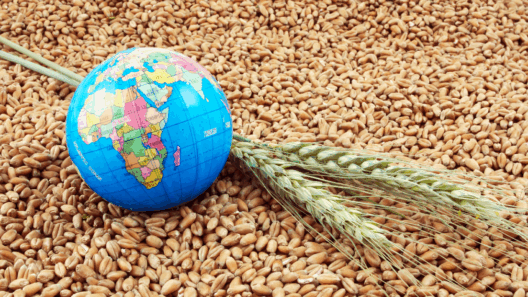As we stand on the precipice of unprecedented environmental changes, we confront a perplexing question: could rising temperatures trigger global extinction? This inquiry opens the floodgates to a multitude of considerations regarding the fate of our planet’s biodiversity, human existence, and the intricate web of ecosystems that supports life as we know it.
To understand the potential ramifications of temperature change, we must first appreciate the delicate balance found within ecosystems. Each species, from the smallest microbe to the largest megafauna, plays a critical role. These organisms are not merely existing; they’re interwoven in a tapestry of life that has taken millions of years to develop. Disruption to this balance, such as through drastic temperature increases, could have far-reaching effects.
The Earth has experienced fluctuating temperatures throughout its geological history, which have led to mass extinction events. For instance, the Permian-Triassic extinction—the most severe extinction event—saw the loss of about 90% of species. This event was closely linked to massive volcanic eruptions and the consequent greenhouse gas emissions, leading to drastic climate change. Today, we find ourselves in a similar scenario, albeit driven by anthropogenic factors rather than natural geological phenomena.
As average temperatures rise due to greenhouse gas emissions, the implications for global biodiversity become increasingly alarming. Many species possess a specific range of temperature tolerance. A gradual increase might allow some species to adapt, migrate, or thrive. However, should temperatures rise beyond these thresholds, we risk making vast areas of the planet uninhabitable for countless forms of life.
Take, for example, the polar bears in the Arctic. As the planet warms, sea ice melts at an unprecedented rate. These majestic creatures rely on ice platforms for hunting seals, their primary prey. As their habitat diminishes, they are forced to roam further in search of sustenance, leading to diminishing populations. The extinction of polar bears is not an isolated phenomenon; it signifies a cascade effect on the Arctic ecosystem and its intricate networks.
Moreover, temperature increases adversely affect phytoplankton in the oceans. These microscopic organisms are foundational to marine food webs, producing oxygen and serving as the primary food source for countless marine species. Warmer temperatures can lead to a decline in their populations, triggering a ripple effect throughout marine ecosystems. Consequently, both fish populations and the human communities reliant on these resources face dire jeopardy.
Yet it is not just the polar regions or marine ecosystems that stand at a critical juncture. Terrestrial habitats are equally at risk. Forests—often dubbed the lungs of the Earth—are experiencing heightened vulnerability. Increased temperatures and erratic rainfall patterns are conducive to more frequent and severe wildfires. Such fires not only obliterate vast swathes of forest, but they also release substantial amounts of carbon dioxide back into the atmosphere, exacerbating the very problem we are trying to mitigate.
Moving from forests to deserts, rising temperatures can push certain ecosystems beyond their resilience. Species that thrive in arid conditions may find themselves ill-prepared for the dual challenges of rising heat and fluctuating water supplies. With drought conditions becoming more prevalent, the delicate balance of species in these regions is jeopardized, leading to potential extinctions. This challenge is magnified when we consider migration patterns, as many species may struggle to find suitable habitats in a dynamically changing climate.
Challenges to ecosystems extend further, as agricultural zones may also shift due to temperature increases. Crops that are staples for human diets could fail in regions that have supported agriculture for millennia. The potential for food scarcity can lead to socioeconomic crises, heightening competition for resources and driving species, including humans, to the brink of survival.
How do we address this monumental challenge? It begins with recognition and global action. Mitigating climate change requires a concerted effort to curb carbon emissions, preserve existing habitats, and promote sustainable practices. Engaging communities in local conservation efforts can foster a sense of stewardship for the environment, empowering individuals to make impactful changes.
Moreover, research and innovation in renewable energy sources must be prioritized. Transitioning from fossil fuels to sustainable alternatives can greatly reduce our carbon footprint. Afforestation and the restoration of natural habitats also play an essential role in sequestering carbon and supporting biodiversity. Policy initiatives encouraging sustainable practices among industries can lead to significant shifts in how we handle environmental resources.
Education remains a powerful tool in the fight against climate-induced extinction. Awareness campaigns highlighting interconnections between climate change and biodiversity can galvanize public support for environmental causes. Informed individuals are more likely to advocate for policies that prioritize the health of ecosystems, thereby making a difference on both local and global scales.
As we ponder whether rising temperatures may precipitate global extinction, it becomes imperative to recognize our role as stewards of the Earth. The question should not simply be if extinction could occur but rather what we can do to prevent it. The responsibility lies with each of us to challenge the status quo and act decisively—on personal, local, and global levels—to foster a sustainable coexistence with the planet’s myriad forms of life.
In essence, the dialogue surrounding climate change and its potential for catastrophic impact cannot be overstated. Only through collaborative efforts and unwavering commitment can we transcend the challenges posed by rising temperatures and work towards a future that respects and nurtures the intricacies of our shared ecosystem.



